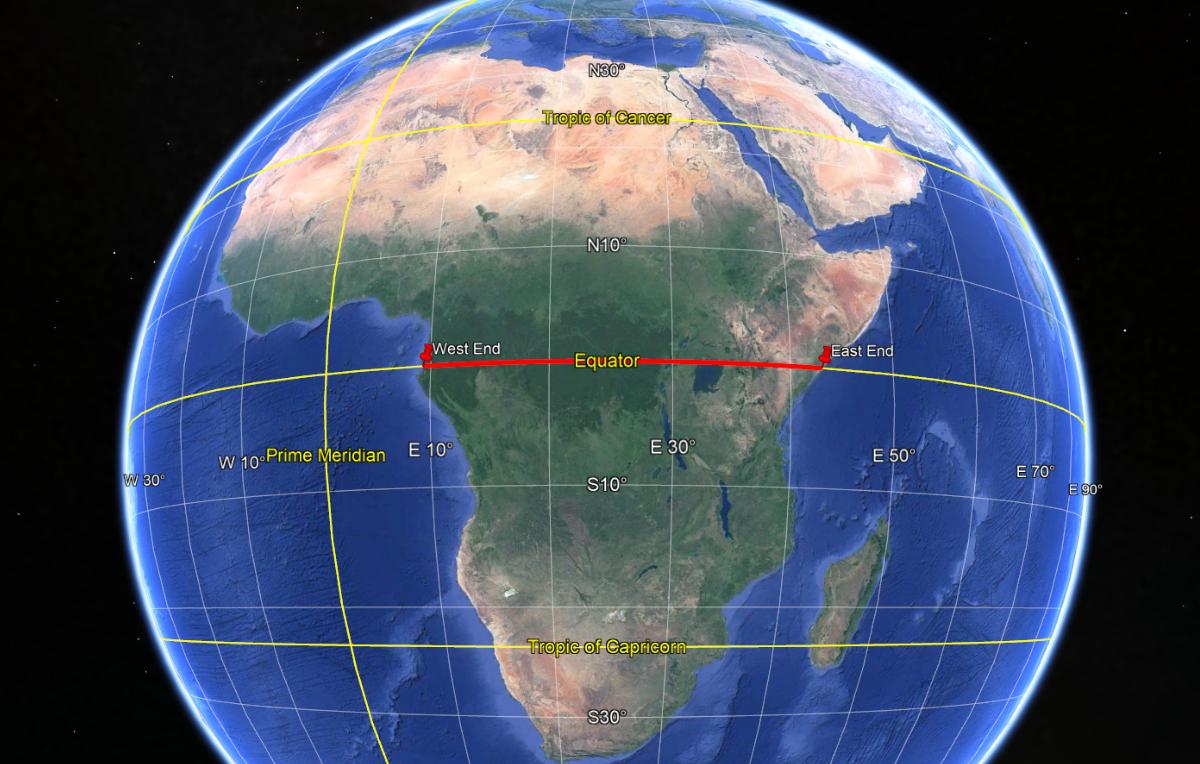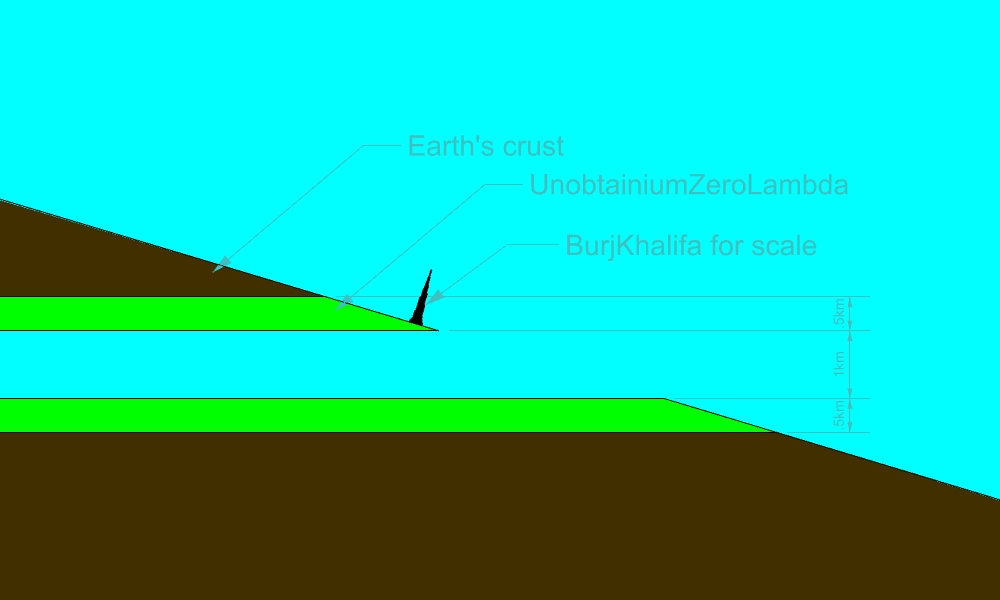Context is an alternate reality where at some point in time, one large tunnel appears on Earth.
Both ends of this tunnel are 100m above sea level, respectively located at most eastern equatorial point of Africa, and most western equatorial point of Africa.
The tunnel does not follow Earth's curvature. It is one perfectly straight tube, therfore it slowly plunges into Earth's crust and reaches its deepest point at its midpoint, 271km below surface, in Earth's red hot mantle. It spawns already filled with atmosphere, so there is no devastating hammer effect of two fronts of air rushing in the vacuum of this tube.
It is an amazingly wide 1km inner diameter, and it has 0.5km thick walls made of latest UnobtaniumZeroLambda material.
UnobtaniumZeroLambda properties are:
able to withstand temperature and shear stress of mantle's molten rock convective displacement.
locally able to vary its density in real time, to soothe the archimedean attempts at deforming the crust and creating earthquakes at both ends.
perfect insulating material, allowing strictly 0 watt per meter Kelvin to pass through. (which means Earth's mantle has no influence at all on atmospheric temperature inside the tunnel)
Question is mainly related to science based observations regarding the atmosphere inside the tunnel :
What would be average atmospheric parameters inside the tunnel (temperature, pressure, state) assuming standard and equivalent atmosphreric pressure and temperature at both ends?
What could be conditions inside the tunnel if there is huge difference in temperature and pressure at both ends? (Earth's terminator at tunnel's midpoint + anticyclonic condition at one end, sun aligned along tunnel's axis at equinoxes)
By extension, would it be possible and what would be required to safely travel through it? (by foot, car, train, airliner)




